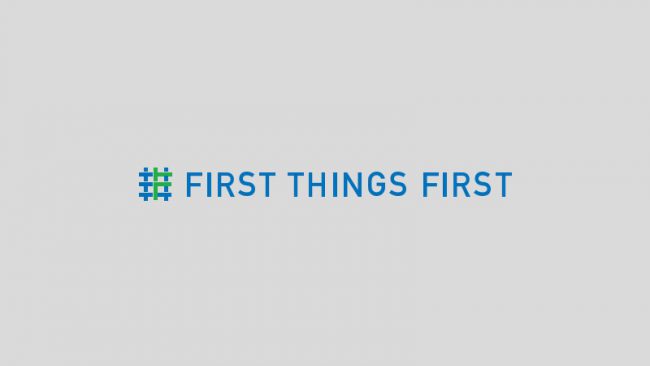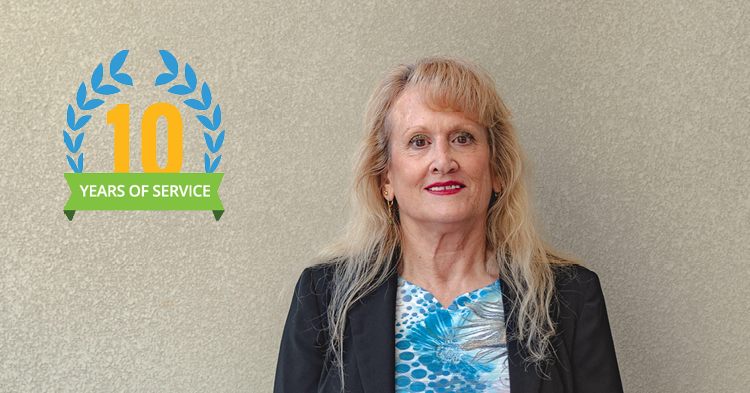This strategy’s intent is to improve access to early care and education and improve school readiness through partnerships with K-12 schools.
Early childhood matters to school superintendents
Featured Stories
Funding Plan Highlights
Navajo/Apache
An example of how the regional partnership council’s system-building work is yielding results is the formation of the Vernon Elementary School Pre-K program at Vernon Elementary, a 100% free and reduced lunch school with many of the students participating in the weekend backpack food program. In the past, no preschool programming had been available in this community, as it has few resources. As a result of previous investments by the regional council in developing a lab school manual in the region, new preschool programming is now available at this public school, which is considered to be the heart of the town. While this program is not participating in Quality First because there are no available slots in the region, it is committed to high-quality learning and school leadership has expressed a firm belief in the value of early childhood growth and development. This preschool program is grounded in the value of hands-on learning and uses their outdoor classroom to teach young children about growing healthy food. Collaborative partners include the University of Arizona Cooperative Extension, the National Science Foundation-funded Rural Activation and Innovation Council, SNAP-Ed, local farmers, students’ parents and families and other community partners.
Yuma
Acting as an organizer and convener, the Yuma Regional Partnership Council has brought together community partners to create the region’s first community school, with others likely to follow in the future. Work on this unfunded strategy began in the fall of 2017 with discussions of a need for family resource centers in the region. The Yuma Regional Partnership Council learned about the Coalition of Community Schools and identified this as a solution to enhance academic achievement via connecting families and children to community resources. Using public schools as hubs, community schools bring together many partners to offer a range of supports and opportunities to children, youth, families and communities. Partners work to achieve these results:
- Children are ready to enter school
- Students attend school consistently
- Students are actively involved in learning and their community
- Families are increasingly involved with their children’s education
- Schools are engaged with families and communities
- Students succeed academically
- Students are healthy – physically, socially and emotionally
- Students live and learn in a safe, supportive and stable environment
- Communities are desirable places to live
The community school at OC Johnson Elementary includes all three pillars of the model: early childhood, health and family support. The model is a school equity, evidence-based approach and the school has won various grants; most recently they won a national family literacy grant.
Find more details about strategies related to Early Care and Education in the FTF Strategy Toolkit.




